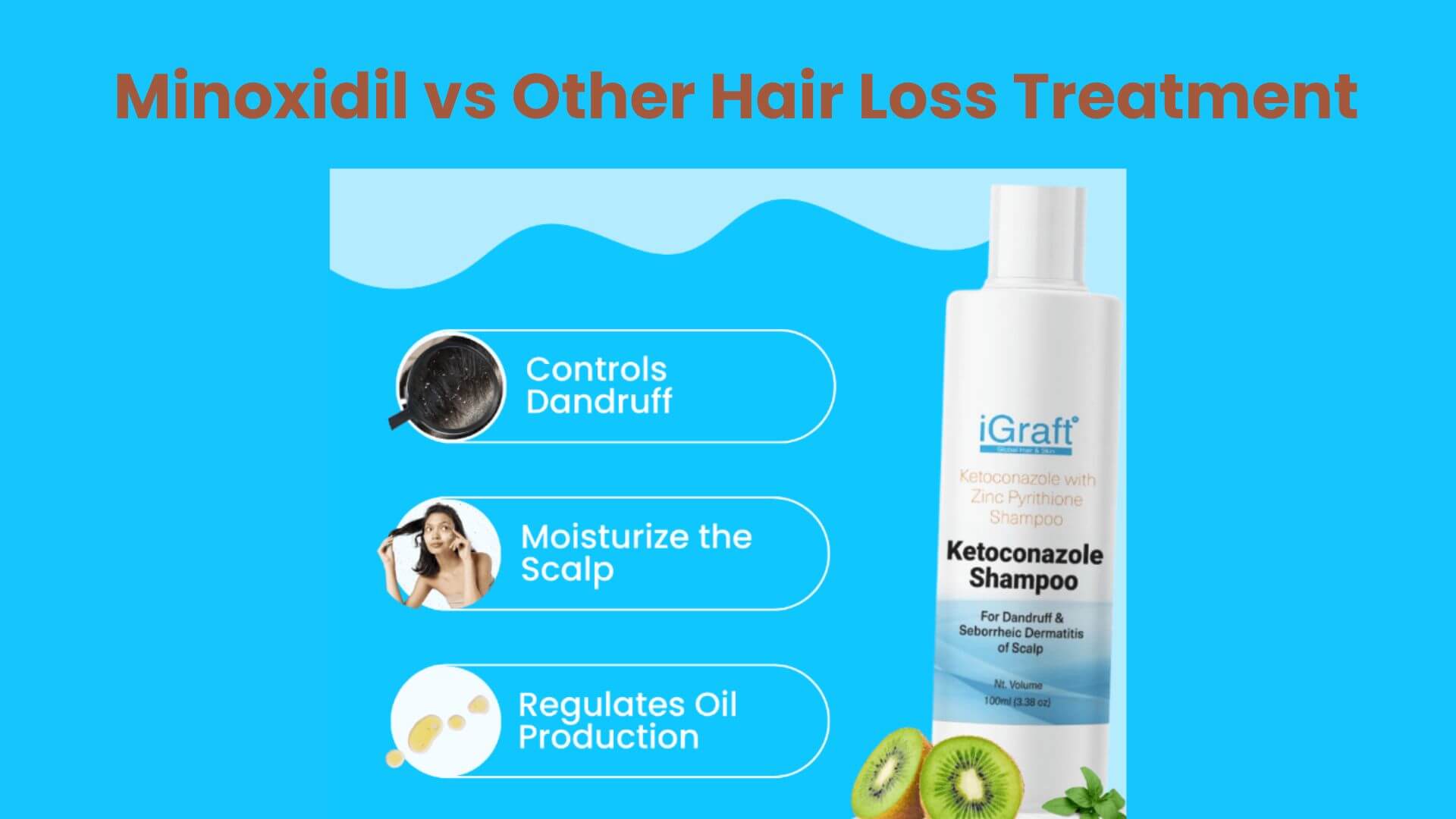1 graft = how many hair – iGraft Explain
1 graft = how many hair – iGraft Explain
Understanding Hair Grafts: How Many Hairs Are in One Graft?
Introduction :
Hair transplantation has become a popular solution for individuals seeking to regain a fuller head of hair. One of the key terms associated with this procedure is “hair graft.” But what exactly does it mean, and how many hairs are typically found in one graft? In this blog post, we’ll delve into the world of hair grafts, exploring their significance and shedding light on the common question of hair count per graft.1 graft = how many hair – iGraft Explain
What is a Hair Graft?
A hair graft is a unit of tissue that is transplanted from the donor area (usually the back or sides of the scalp) to the recipient area (areas experiencing hair loss). The graft contains not only hair follicles but also surrounding tissue and support structures that aid in the successful integration of transplanted hair into the new location.1 graft = how many hair – iGraft Explain
Types of Hair Grafts :
There are two primary types of hair grafts commonly used in hair transplantation:
- Follicular Unit Transplantation (FUT):
- In FUT, a strip of tissue containing hair follicles is surgically removed from the donor area.
- The strip is then dissected into smaller units, known as follicular units.
- Each follicular unit can contain varying numbers of hairs, typically ranging from 1 to 4 hairs per unit.1 graft = how many hair – iGraft Explain
- Follicular Unit Extraction (FUE):
- FUE involves the extraction of individual hair follicles directly from the donor area using a specialized punch tool.
- These individual follicles, or grafts, are then implanted into the recipient area.
- The number of hairs per FUE graft can also vary, usually ranging from 1 to 3 hairs per graft.1 graft = how many hair – iGraft Explain
Hair Count per Graft: The number of hairs in a single graft is not fixed; it can vary depending on several factors, including the patient’s individual characteristics, the harvesting technique used (FUT or FUE), and the specific area of the scalp from which the graft is taken.1 graft = how many hair – iGraft Explain
- FUT Grafts:
- FUT grafts often contain multiple hair follicles within a single unit.
- On average, FUT grafts may have 2 to 4 hairs per graft.
- However, some grafts may consist of only a single hair follicle, especially in the hairline area where finer hairs are preferred for a natural appearance.
- FUE Grafts:
- FUE grafts, being extracted individually, typically have fewer hairs compared to FUT grafts.
- The average hair count per FUE graft ranges from 1 to 3 hairs.
- The precision of FUE allows for more control over the number of hairs transplanted, making it suitable for creating a more natural-looking hairline.
Conclusion :
Understanding the concept of hair grafts and the number of hairs they contain is crucial for anyone considering a hair transplantation procedure. Whether opting for FUT or FUE, patients should be aware that the final outcome depends on various factors, including the surgeon’s skill, the patient’s unique characteristics, and the desired aesthetic goals. Consulting with a qualified and experienced hair transplant specialist can provide personalized insights and help individuals make informed decisions on their journey to restoring a fuller head of hair.1 graft = how many hair – iGraft Explain


